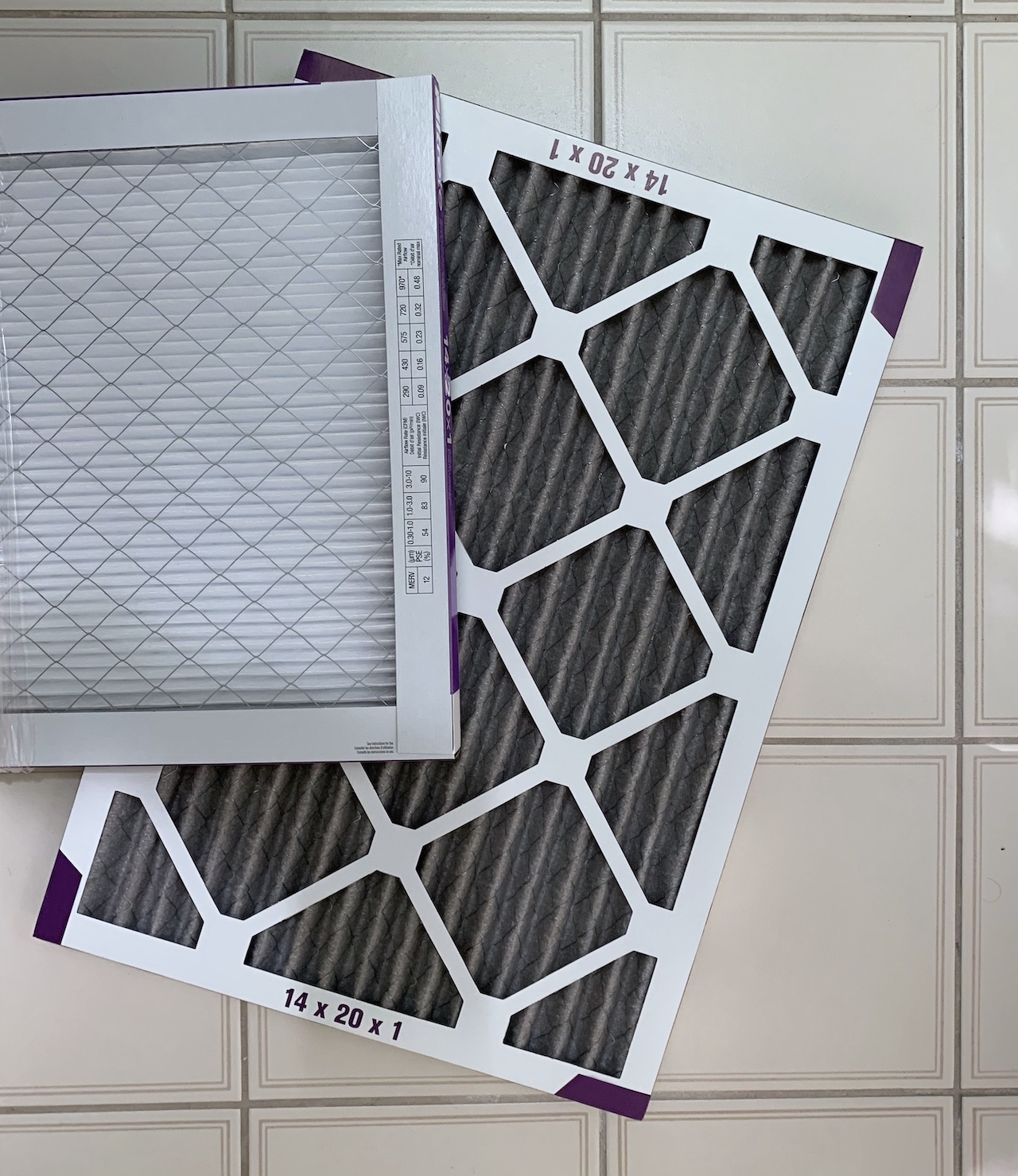General
Is the Air Quality of Your House Affecting Your Health?

The quality of air inside your house is extremely important for your overall health and wellbeing. However, many people are not aware that the air they breathe in their homes can be harmful to their health. In fact, indoor air pollution has been ranked as one of the top five environmental risks to public health by the Environmental Protection Agency (EPA).
Here are 7 indications that your indoor air quality may be compromised and affecting your health:
Unpleasant Odors:
If you notice persistent and unpleasant odors in your home, it could be a sign of poor air quality. These odors can come from various sources such as mold, pet dander, cooking fumes, or even cleaning products. Breathing in these odors regularly can cause irritation to your respiratory system and lead to long-term health issues.
Frequent Allergies or Irritation:
If you often experience symptoms of allergies such as sneezing, watery eyes, or a runny nose while inside your home, it could be due to poor indoor air quality. This is especially common for individuals with pre-existing respiratory conditions such as asthma or allergies. Poor air quality can also cause skin irritation, headaches, and fatigue.
Visible Mold or Mildew:
Mold and mildew are common sources of indoor air pollution and can be hazardous to your health. If you notice any visible signs of mold or mildew in your home, it is important to address the issue immediately before it spreads and affects your health. Inhaling mold spores can cause respiratory irritation and worsen existing conditions such as asthma.
Excessive Dust:
If you find yourself constantly dusting your furniture or noticing a layer of dust on surfaces, it could be a sign of poor air quality. Excess dust in your home can contain harmful particles and pollutants that can aggravate allergies, cause respiratory issues, and even lead to long-term health problems.
Stale or Humid Indoor Air:
Indoor air that feels stale or humid can also be a sign of poor air quality. Stale air can indicate inadequate ventilation, which can promote the growth of harmful pollutants in your home. Humidity levels above 50% can also create an ideal environment for mold and mildew to thrive.
Inconsistent Temperatures or Drafts:
If you notice significant temperature differences between rooms in your home or feel drafts, it could be a sign of poor air quality. Your HVAC system may not be functioning properly, causing uneven distribution of air and potential health hazards.
Increasing Energy Bills:
Poor indoor air quality can affect your energy bills as well. If your HVAC system is not operating efficiently due to poor air quality, it may require more energy to maintain a comfortable temperature in your home. This can result in higher energy bills and additional strain on the environment.
The indoor air quality of your home plays a crucial role in your overall health and wellbeing. If you notice any of these indications, it is important to take steps to improve your indoor air quality. Regularly changing air filters, maintaining proper ventilation, and keeping your home clean can all contribute to a healthier living environment.





















